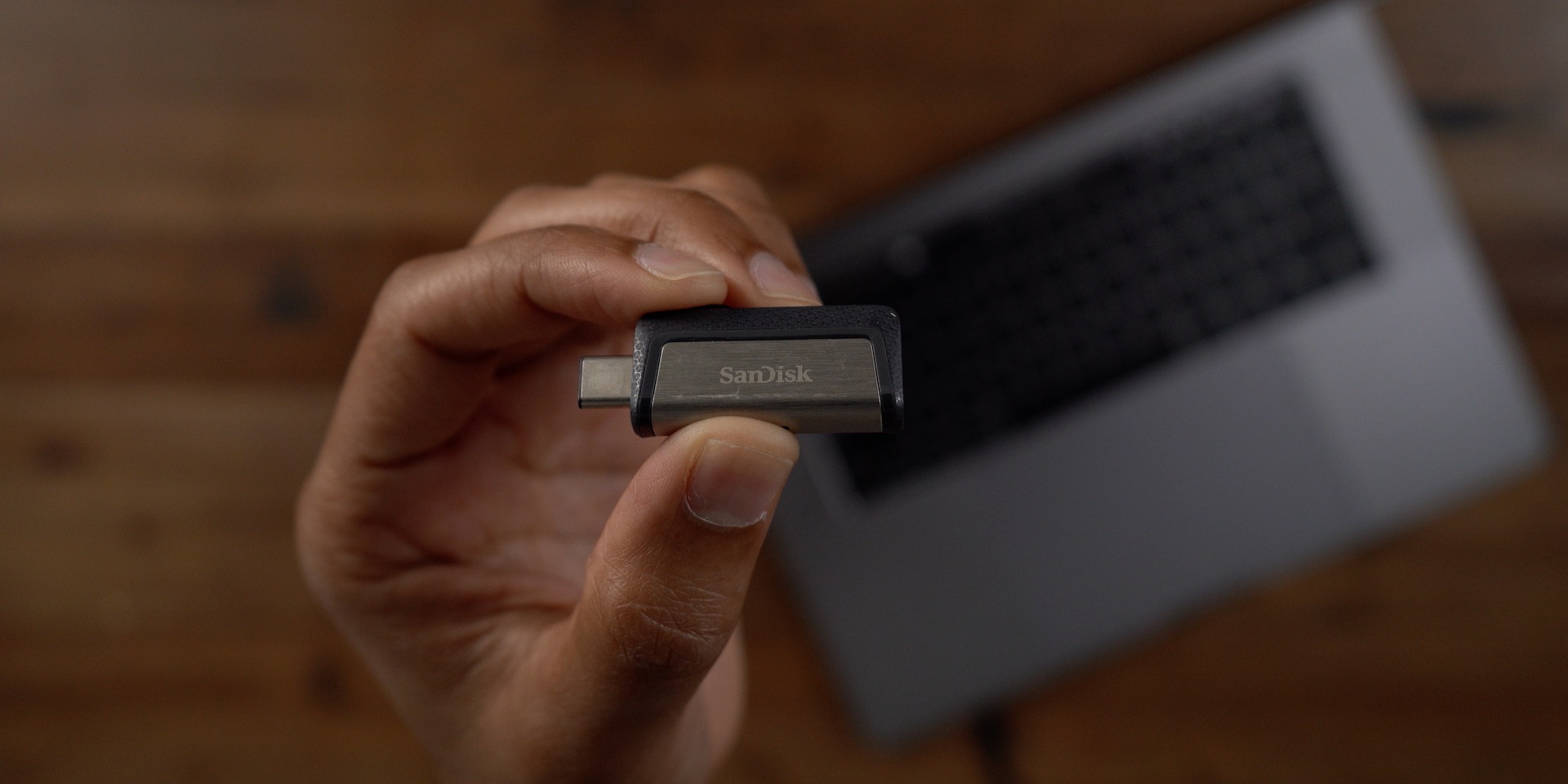

- #Macos catalina usb installer install#
- #Macos catalina usb installer update#
- #Macos catalina usb installer upgrade#
Whether you should upgrade your Macs to the new macOS Catalina is entirely up to your current workflow. Other notable changes include the abandonment of 32-bit apps in favour of 64-bit apps, refreshed Reminders, Photos, Mail, Safari, and Notes apps, and the introduction of Apple Arcade among others. It also officially kills the 20-year-old iTunes (on Mac) and brings separate apps to manage music and podcasts while also adding a new TV app. The update, named macOS Catalina, brings a bucket-full of new features including the ability of using iPad as an external screen for Mac.
#Macos catalina usb installer update#
You can now quit Terminal and eject the volume.Apple has just released the latest update to macOS.
#Macos catalina usb installer install#
When Terminal says that it's done, the volume will have the same name as the installer you downloaded, such as Install macOS Monterey.After the volume is erased, you may see an alert that Terminal would like to access files on a removable volume.Terminal shows the progress as the volume is erased. When prompted, type Y to confirm that you want to erase the volume, then press Return.Terminal doesn't show any characters as you type your password. When prompted, type your administrator password and press Return again.* If your Mac is using macOS Sierra or earlier, include the -applicationpath argument and installer path, similar to the way this is done in the command for El Capitan. Sudo /Applications/Install\ OS\ X\ El\ Capitan.app/Contents/Resources/createinstallmedia -volume /Volumes/ MyVolume -applicationpath /Applications/Install\ OS\ X\ El\ Capitan.app Sudo /Applications/Install\ macOS\ High\ Sierra.app/Contents/Resources/createinstallmedia -volume /Volumes/ MyVolume Sudo /Applications/Install\ macOS\ Mojave.app/Contents/Resources/createinstallmedia -volume /Volumes/ MyVolume Sudo /Applications/Install\ macOS\ Catalina.app/Contents/Resources/createinstallmedia -volume /Volumes/ MyVolume

Sudo /Applications/Install\ macOS\ Big\ Sur.app/Contents/Resources/createinstallmedia -volume /Volumes/ MyVolume Sudo /Applications/Install\ macOS\ Monterey.app/Contents/Resources/createinstallmedia -volume /Volumes/ MyVolume If it has a different name, replace MyVolume in these commands with the name of your volume. These assume that the installer is in your Applications folder, and MyVolume is the name of the USB flash drive or other volume you're using.

The installer for OS X El Capitan downloads to your Downloads folder as a disk image named InstallMacOSX.dmg.

Download on a Mac that is using macOS Sierra 10.12.5 or later, or OS X El Capitan 10.11.6.Download on a Mac that is compatible with that version of macOS.If the installer opens after downloading, quit it without continuing installation. The installer for macOS Monterey, macOS Big Sur, macOS Catalina, macOS Mojave, or macOS High Sierra downloads to your Applications folder as an app named Install macOS.


 0 kommentar(er)
0 kommentar(er)
